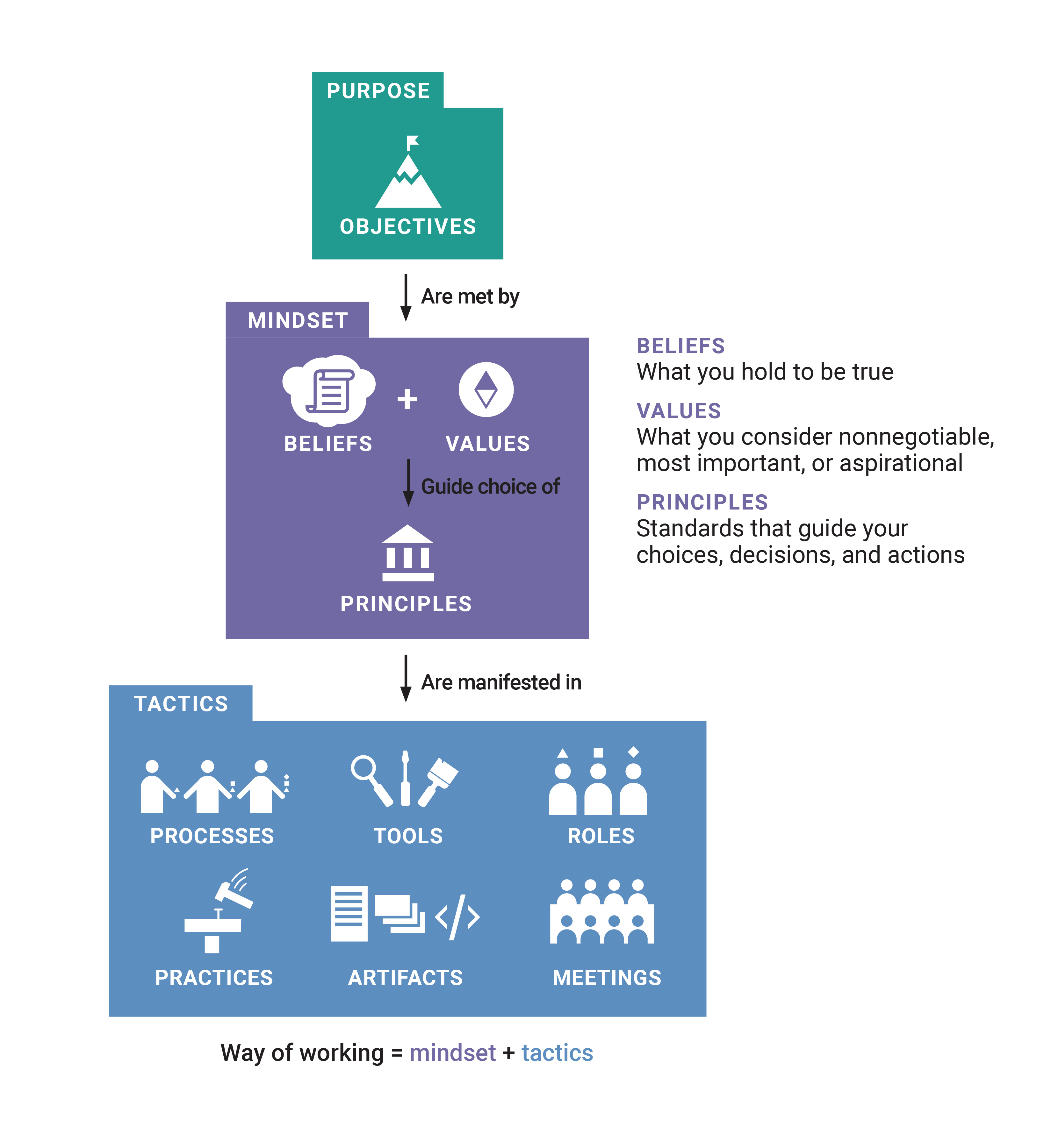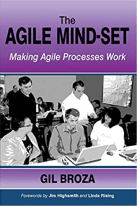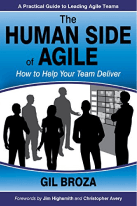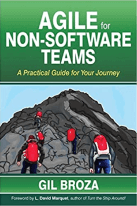Agile Mind-Set
This assessment is based on the work of Gil Broza, author of The Agile Mind-Set, The Human Side of Agile, and Agile for Non-Software Teams. He has helped hundreds of teams and leaders become Agile in their context without reliance on “best practices,” frameworks, or tools.
Created by:
Agility Requires Both Mind-Set and Behaviors
Gil Broza's model, depicted here, expresses the straight line of thinking that connects why people do some work (purpose) and how they get it done (tactics);
You'll notice that tactics and behaviors are last in line. What's the significance?

Consider that thought leaders started combining mutually reinforcing Agile ideas into methods in the mid-90's; the Agile Manifesto, capturing key values,
beliefs, and principles of Agile without prescribing how to act on them, was written in 2001. Given the explosive growth in companies' interest in
Agile in the two decades since, you might expect most businesses to already be adaptive, value-focused, collaborative, and people-first.
However, that is not the case. The main reason is that many organizations took the path of implementing Agile: adopting practices, frameworks, lingo, and tools.
By contrast, organizations that have successfully become Agile have also updated their mind-set, culture, and management systems to enable their new tactics.
Sample Questions
Making the work count
The team defers decisions to the last responsible moment.
Individuals (Engagement)
Team members do their work without fear of failure.
Making progress
The team favors results over keeping team members fully loaded.
Individuals (Engagement)
Team members feel respected and accepted.
Individuals (Doing Good Work)
The team is able to focus their attention on the task/activity at hand.
Interactions
Team members determine together who will do what when.
Making the work count
The team begins everything with purpose in mind.
Making the work count
The team utilizes minimal-investment experiments to validate hypotheses.
Making progress
The team constrains both work and activities to short time spans.
Top Features
Leverage an empirical and scientifically backed analysis to quickly identify what to focus on to achieve real agility.
Give your teams - the people you want to be Agile - a safe forum for providing their input into this analysis.
Apply to any group using Agile - stable teams, project teams, entire departments.
Benchmark the level of agility against other organizations in your industry.



